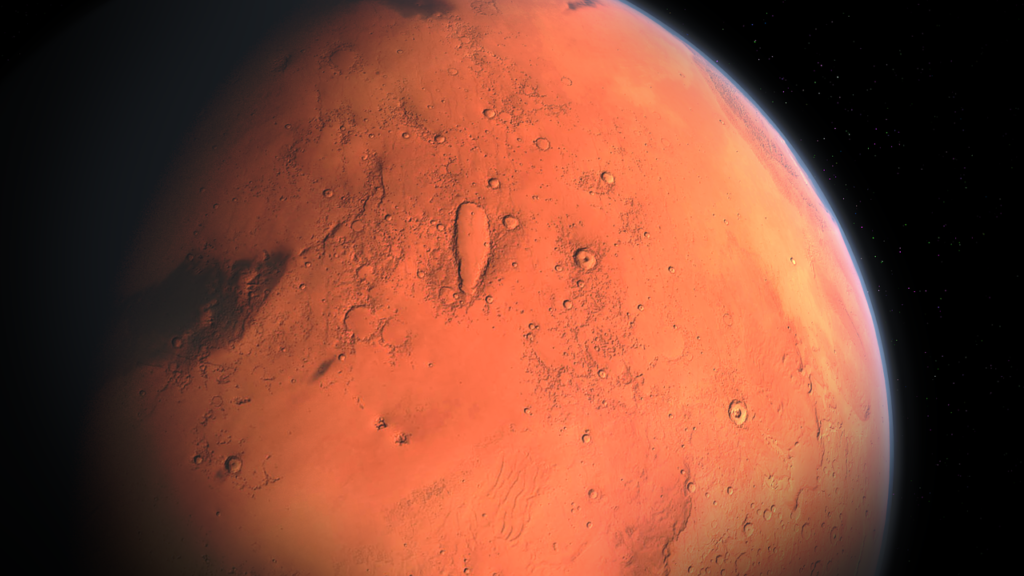
New York-based “multi-planetary architectural and technology design agency” AI SpaceFactory said on 6 May it had won the US National Aeronautics and Space Administration’s (NASA) 3D-Printed Habitat Challenge with a proposal to build a tall, slim Mars habitat called “Marsha”.
During the final of challenge, participants had thirty hours to build a one-third scale version of their design using a 3D printer. AI SpaceFactory were lauded by NASA for the automation of their print – completed with nearly no human assistance in 30 hours – and the innovative materials used in its creation.
The company created Marsha using a “biopolymer basalt composite” that is biodegradable and derived from recyclable material naturally found on Mars. According to AI SpaceFactory, the material was “found to be stronger and more durable than its concrete competitors” after “withstanding NASA’s pressure, smoke and impact testing”.
MARSHA uses a “dual-shell system to isolate the habitable spaces from the natural expansion and contraction caused by extreme temperature swings on Mars”, which the company said results in an interior that is “free to be light, airy, highly mass-optimized and human”.
AI SpaceFactory was awarded US$500,000 in prize money and now plans to launch an IndieGoGo campaign to develop a similar eco-friendly habitat for Earth that will be based on the Marsha concept but named “Tera”.
The company believes it will be the first of its kind and plans to make it “available to anyone wanting to experience what sustainable life might be like on Mars”. Tera will “emphasize the need for new, renewable construction technologies on this planet, while researching what’s needed to enable life on a new one”, it said.
“We developed these technologies for Space, but they have the potential to transform the way we build on Earth,” David Malott, CEO and Founder of AI SpaceFactory, said in a statement. “By using natural, biodegradable materials grown from crops, we could eliminate the building industry’s massive waste of unrecyclable concrete and restore our planet.”
The 3D-Printed Habitat Challenge is one of NASA’s Centennial Challenges program competitions and challenges participants to build a 3D-printed habitat for deep space exploration, including the agency’s missions to the Moon, Mars or beyond.
The multi-phase challenge – of which the On-Site Habitat Competition was the final stage – is intended to “advance the construction technology needed to create sustainable housing solutions” for Earth and beyond, and offers a total of US$3.15 million in prize money.
The previous two phases consisted of the Design Competition – in which teams were required to submit architectural renderings – and the Structural Member Competition – which focused on material technologies and required teams to create structural components for habitats. They were completed in 2015 and 2017 respectively.
The 3D-Printed Habitat Challenge is managed through a partnership with NASA’s Centennial Challenges program and Bradley University. The Centennial Challenges program is part of the agency’s Space Technology Mission Directorate, and is managed at NASA’s Marshall Space Flight Center in Huntsville, Alabama.


Leave a Reply